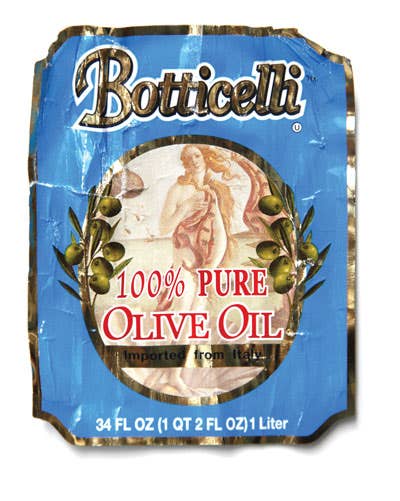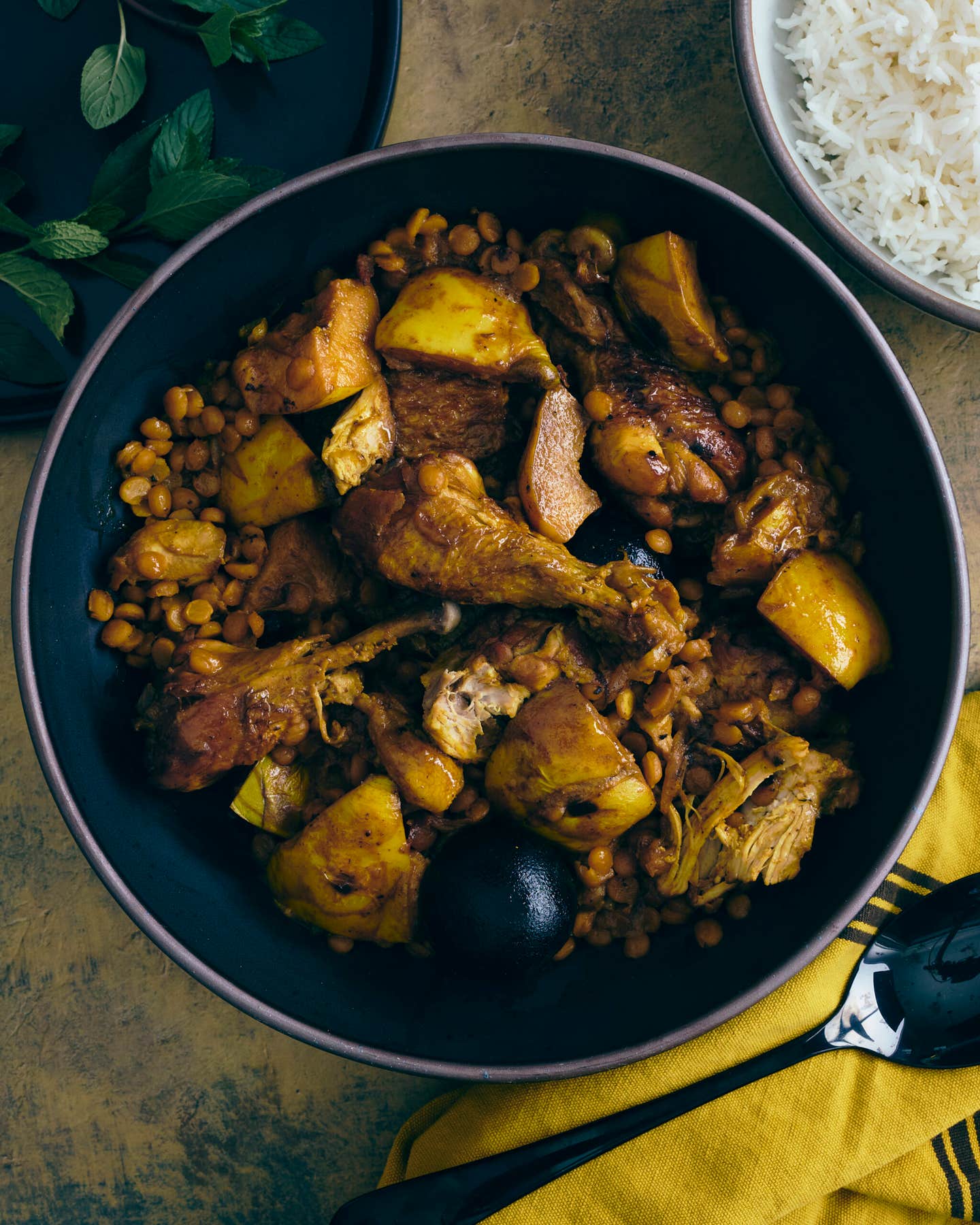
Reading the Labels
There are hundreds of brands of olive oil on the market, and seemingly just as many classifications, grades, and categories to keep track of on the bottles’ labels. Here, a guide to deciphering those labels so that you can find the kind of oil that suits your needs.
The virgin in the designation extra-virgin olive oil refers to the fact that such oils—the kind we recommend for most home-cooking uses—are pressed from fresh olives without the use of chemicals or heat; the word extra is meant to denote extra-high quality. Extra-virgin oils must also have very low acidity (0.8 percent oleic acid or less). The terms cold-pressed and first-pressed are largely superfluous, since virtually all extra-virgin oils come from the first pressing of freshly harvested olives and have not been heat-treated. The terms stone-pressed or stone-ground do convey a distinction: oils bearing those labels come from olives that have been crushed by heavy stones in old-fashioned mills. Some bottles specify that the oil within is unfiltered, meaning that microscopic bits of the fruit, with their flavor-imparting polyphenols, stay in the bottle. Another term frequently seen these days is estate-bottled, which means that the olives come from a single property. Perhaps the greatest determinant of an oil's flavor, though, is the type of olives it's made from (see A Cook's Guide to Olive Oils); many bottles specify the types on the label. Those made from a single kind are often labeled single varietal. Finally, there are the lower-quality, non-extra-virgin oils. Virgin olive oil, while derived from freshly pressed, untreated olives, is more acidic and less nuanced than extra-virgin oil—and is a fine choice for sauteing and frying. Bottles labeled simply olive oil typically contain oil that has been chemically refined and then combined with some extra-virgin or virgin olive oil in order to impart taste and color; such processed oils may also be sold under the label pure olive oil or 100 percent pure olive oil. Virgin or pure olive oils are a low-cost choice for everyday cooking but have little flavor. Light olive oil and mild olive oil are terms that denote a processed oil that's been blended with only small amounts of virgin or extra-virgin oil to keep pronounced flavors to a minimum (and not, as might be inferred, to reduce caloric content); such oils are designed to appeal to consumers accustomed to neutral-tasting oils. Finally, some restaurants make use of inexpensive oils sold under the name pomace olive oil or olive pomace oil—oils made from the fruit pulp, or pomace, left over after olives have been crushed for virgin oil.
Keep Reading
Continue to Next Story










